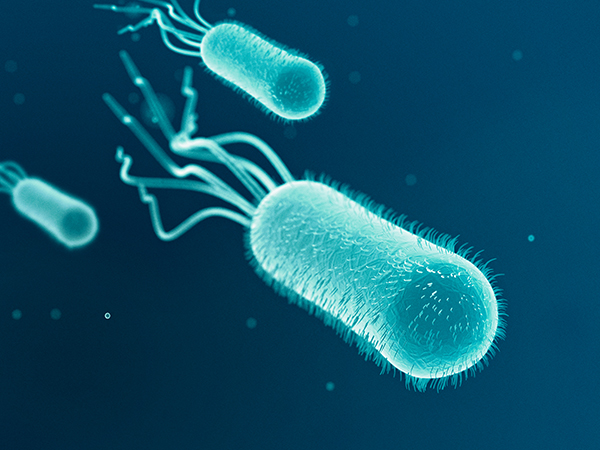PURE OZONE – SMART HEALTHCARE SYSTEM O3M
List of some of the most dangerous pathogens that can affect humans,
Pure Ozone eliminates them all with disarming speed without creating other problems.
LEGIONELLA, Legionnaires’ disease, more commonly legionellosis, is a lung infection caused by the bacterium Legionella pneumophila. The genus Legionella was discovered in 1976, after an epidemic that had spread among the participants of the American Legion rally at the Bellevue Stratford Hotel in Philadelphia, 221 people contracted this previously unknown form of pneumonia and 34 of them died, the source of contamination was identified in the air conditioning system. It is caused by the Legionella bacterium of which more than 60 species have been identified divided into 71 serotypes. It is present in natural and artificial aquatic environments such as: spring and thermal waters, rivers, lakes, muds, etc. from these it reaches city pipelines and water systems of buildings, tanks, pipes, fountains, swimming pools, SPAs that act as amplifiers and disseminators creating a potential risk situation for human health. It is acquired by the respiratory route by inhalation and aspiration of aerosols or water particles derived by drying. Droplets can form by spraying water (shower head and faucets), by bubbling air into it or by impact on solid surfaces and easily reach the lower respiratory tract. The most predisposed are all over 50, smokers, people with chronic diseases and immunosuppressed. The death rate related to Legionella infection can range from 40 to 80 percent of intoxicated people. After a 5-6 day incubation it manifests as infectious pneumonia and complications can be: lung abscess, empyema, respiratory failure, shock and renal failure. Legionella pneumonia does not have clinical features that allow it to be distinguished from other atypical or bacterial forms of community pneumonia.
Pure ozone kills the LEGIONELLA bacterium without particular operations or high concentrations.
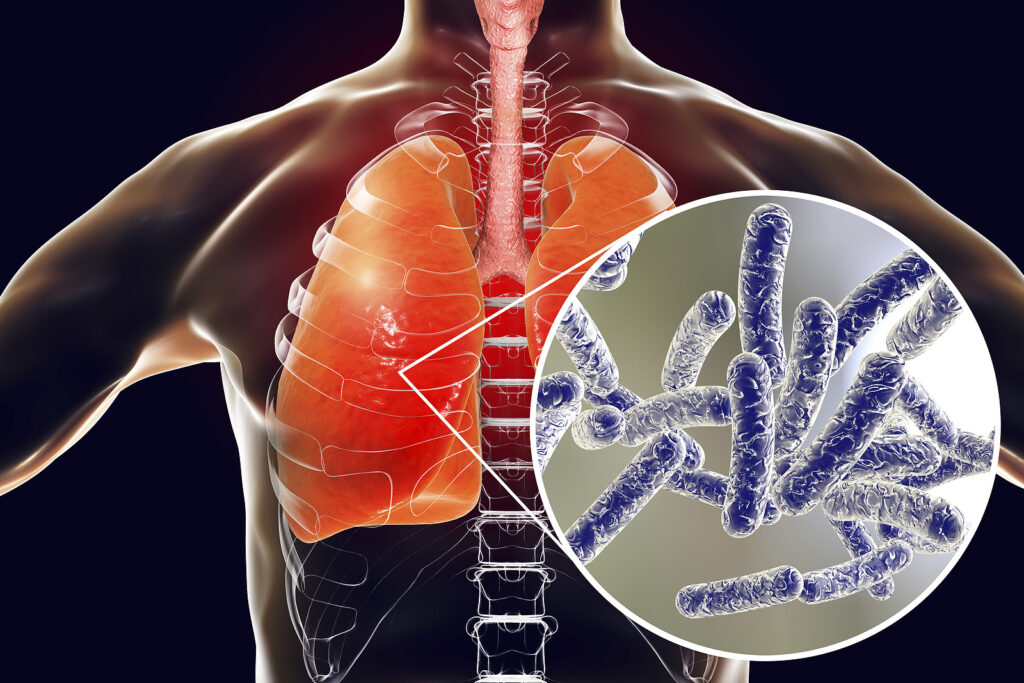
CRYPTOSPORIDIUM, Cryptosporidia are protozoa of the coccidia group and replicate in the epithelial cells of the small intestine of vertebrates. After they have been ingested they are released into the gastrointestinal tract and release sporozoites that parasitize the gastrointestinal epithelial cells, transform into trophozoites, replicate and produce thick-walled oocysts, which are excreted via the fecal route already immediately infectious and transmissible by person to person, increasing the risk of contamination. Thin-walled ones are instead involved in the infection, even very few oocysts are sufficient to cause the disease. Water from public and residential swimming pools, hot tubs, water parks, lakes or streams is the vehicle of greatest distribution of cryptosporidia. The disease is present all over the world and is responsible for 8% of the forms of diarrheal disease in industrialized countries with an even higher percentage in areas with poor sanitation. In Europe, 444 cryptosporidiosis outbreaks were reported in 2017 leading to 7465 cases. The number of reported outbreaks has increased by an average of 13% per year. The main causes include swallowing contaminated water in swimming pools or playgrounds, contact with infected cattle, and contact with infected people in childcare facilities. In 1993 in Milwaukee – Wisconsin, more than 400,000 people were affected when the city’s water supply was contaminated with sewage during spring rains and the filtration system had malfunctioned. Oocysts are resistant to harsh environments including those containing chlorine at levels recommended in public and swimming pool water treatment systems. Children, travelers, immunocompromised patients and healthcare professionals who care for people with cryptosporidiosis are at a higher risk. The small number of oocysts needed to cause infection, prolonged oocyst excretion, resistance of oocysts to chlorination, and their small size are a cause for concern in swimming pools frequented by nappy infants. Chronic severe cryptosporidic diarrhea is a very serious problem in AIDS patients, especially those who have not received antiretroviral therapy.
Pure ozone kills the CRYPTOSPORIDIUM protozoan without particular operations or high concentrations.
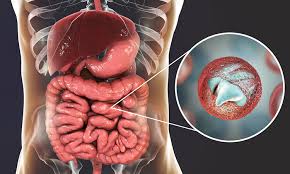
AMOEBA Amoebiasis is an infectious disease caused by the protozoan Entamoeba histolytica (E. histolytica). The infection is transmitted by the fecal-oral route through direct contact with feces, water and contaminated food, especially fruit and vegetables. It can affect anyone and represents a worldwide health problem as a major cause of severe diarrhea. According to the World Health Organization (WHO), amoebiasis causes over 50,000 deaths every year and is the third leading cause of intestinal diseases after giardiasis and campylobacteriosis. Disorders (symptoms) occur within 2-4 weeks of infection and range from simple abdominal pain and cramps to severe appendicitis-like pain. The infection can escalate, causing colonic ulcers and the release of mucus and blood (amoebic dysentery). The protozoan can leave the intestine and infect other organs, particularly the liver, lungs and the central nervous system.
Pure ozone kills the AMOEBA protozoan without particular operations or high concentrations.
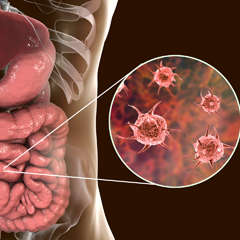
MOLDS, molds on walls are nothing more than fungal spores that take root on a surface and reproduce. Most molds can cause health problems in humans, especially to the respiratory system. Molds colonize in more or less large areas mostly behind the tapestries, on the surfaces of damp walls, in environments with insufficient air exchange and where a favorable climate (constant humidity and temperature) with a sufficient quantity of food (organic elements ) allow their proliferation. The roots also penetrate below the surface inside the walls for several centimeters and appear at first with small black dots that gradually become large dark and compact spots. Over time, the surface action and penetration lead to the peeling of the paint and the disintegration of the cement structures. In addition to an aesthetic point of view, mold on walls is unfortunately very dangerous and toxic, it can give off a bad smell and in some cases it can even be carcinogenic. They are very harmful to health because they are responsible for a series of allergies to damage to the respiratory tract and behavioral disorders in immunosuppressed individuals and children. The most recurrent symptoms caused by mold are: allergies with colds, stuffy nose, asthma and chronic respiratory tract infection, muscle pain affecting the ear and joints, fever and lacrimation, cough, dermatitis with flaking, skin rashes and itching. Sometimes they can induce brain damage with loss of concentration, memory loss, mood swings, anxiety, depression, and bleeding from the nose, lungs, and rectum. Form of propagation and contagion: Once the fungus reaches maximum growth, it dies and dries up releasing the spores into the environment which in turn release dangerous toxins and chemicals such as ketones and alcohols which are also the origin of the typical musty smell. The most dangerous mold originates from the Strachybotrys chartarum fungus, whose mycotoxins are highly carcinogenic, with greenish black spots. The most accredited removal procedures are the invasive removal in depth of several centimeters of the affected wall even up to the point of entry of the water, or the less invasive treatment with pure ozone at low concentration 24 hours a day which with great effectiveness eliminates mold to the root. Other methods such as scraping or the use of chemicals are only transient methods that do not completely eliminate the problem because they leave the roots intact in depth, ready for a new further flowering in the medium-short term.
Pure ozone kills SPORES MOLDS and FUNGUS without particular operations or high concentrations.
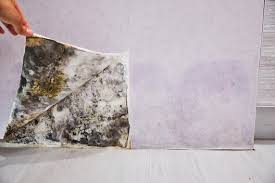
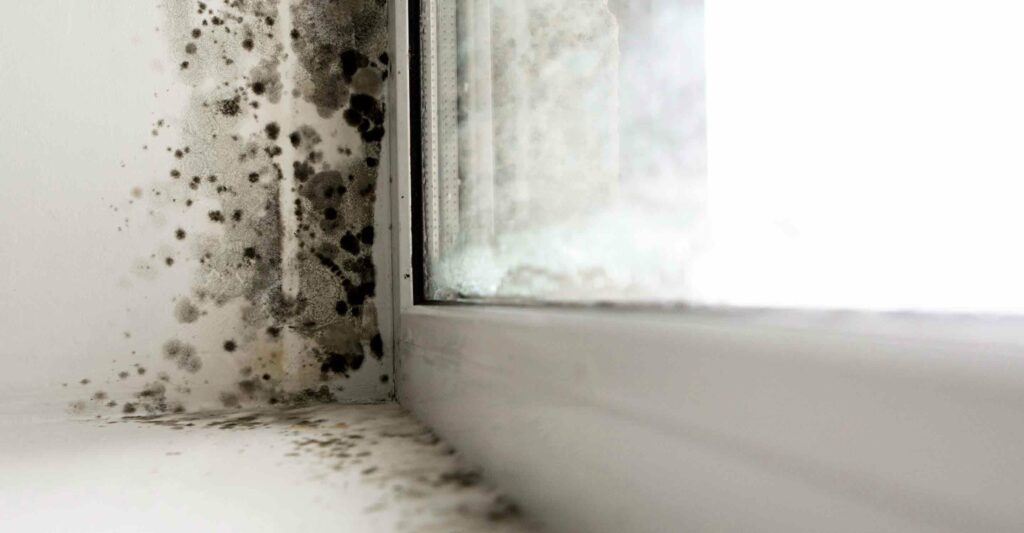
PSEUDOMONAS, Pseudomonas is a genus of Gram-negative bacterium found mainly in humid environments, waters and hospitals, it can be of different types and is responsible for infections that occur severely especially in weaker people or with immune system problems. The most common infection is caused by Pseudomonas Aeruginosa and generally, the parts of the body where it occurs are: the ear with the appearance of hearing difficulties, pain or otitis, the dermis through redness, skin rashes, folliculitis, the eyes that can be swollen and have corneal ulcers, joints for example in the spine, bacterial infection of the blood or urinary tract with the onset of fever and severe sepsis, the respiratory system for example pneumonia, gastrointestinal disorders with diarrhea. The presence of some diseases that cause a weakening of the immune system (such as cystic fibrosis or HIV) can be a major risk factor in the contraction of Pseudomonas.
Pure ozone kills the bacterium of PSEUDOMONAS without particular operations or high concentrations.
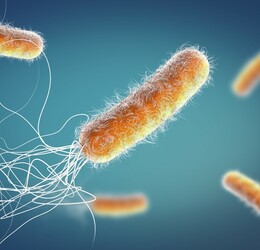
E. coli, The name Escherichia coli (E. coli) defines a group of Gram-negative bacteria that normally reside in the intestines of healthy people, however some strains can cause infections. The most common occur in: Digestive system (causing gastroenteritis), Urinary tract is the most common bladder infection in women, intestinal infections by eating contaminated food by touching infected animals or drinking contaminated water in the pool. It may cause sometimes severe or bleeding diarrhea and abdominal pain, Prostate infection (prostatitis), Gallbladder infection, Wound infections (including surgical ones), Pressure ulcer infections, Foot infections in diabetics, Pneumonia, Neonatal meningitis, Infections some blood; in addition, if the intestine is lacerated, for example due to trauma or inflammatory bowel disease, the bacteria can leave it and spread to adjacent anatomical structures that have no defenses, or they can enter the bloodstream. A strain produces a toxin that causes traveler’s diarrhea that occurs from consuming contaminated water or food in areas where the water is not adequately purified, affected people experience abdominal cramps and watery diarrhea, and sometimes nausea and vomiting. Some strains produce toxins that damage the colon and cause severe inflammation (colitis), infection due to these strains is contracted by consuming uncooked contaminated beef or unpasteurized milk, touching infected animals, eating ready-made foods (such as salads) washed with contaminated water, drinking inadequately disinfected water contaminated with feces of infected individuals in swimming pools or aquatic facilities. The E. coli O157: H7 strain is very serious and can cause serious problems (such as haemolytic uremic syndrome) red blood cells are destroyed (haemolysis) and kidney failure occurs, which causes an accumulation of toxic substances in the blood (uremia) and can cause death, especially in older people, whether or not hemolytic uremic syndrome develops.
Pure ozone kills the bacterium of E. coli without particular operations or high concentrations.
